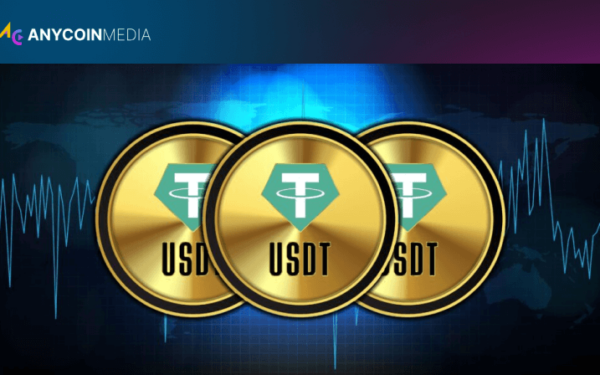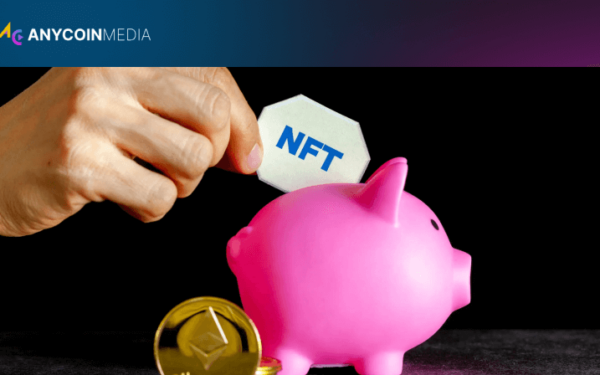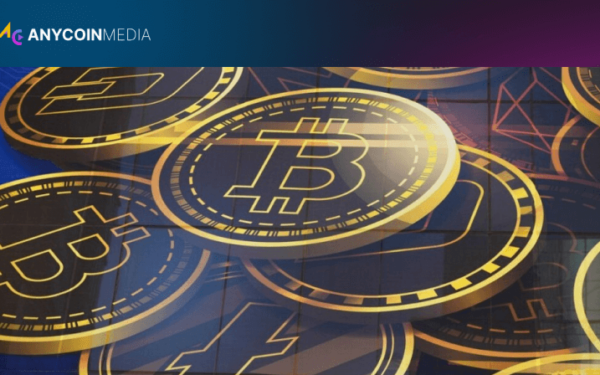Non-fungible tokens (NFTs) have taken the digital world by storm, offering a unique blend of art, technology, and finance. These blockchain-based assets represent ownership of distinct digital items, ranging from artwork and music to virtual real estate and collectibles. For newcomers to the NFT space, the potential for profit can be alluring, but navigating this complex ecosystem requires knowledge, strategy, and a bit of creativity.
Before diving into money-making strategies, it’s crucial to grasp the fundamentals of NFTs and their ecosystem. NFTs are unique digital assets verified through blockchain technology, typically on the Ethereum network. Unlike cryptocurrencies, each NFT is distinct and cannot be exchanged on a like-for-like basis.
The NFT market has experienced explosive growth, with sales volumes reaching billions of dollars. This surge has attracted artists, entrepreneurs, and investors alike, all seeking to capitalize on the technology’s potential. However, success in the NFT space isn’t guaranteed, and beginners must approach it with both caution and informed strategies.
One of the most straightforward ways for beginners to enter the NFT market is by creating and selling their own digital assets. This approach allows artists and creators to monetize their work directly, bypassing traditional intermediaries.
Steps to Create and Sell NFTs:
While the process might seem simple, success in this arena requires more than just technical know-how. Creating NFTs that stand out in a saturated market demands originality, quality, and often, a compelling narrative behind the work. Artists must also consider factors such as edition sizes, pricing strategies, and marketing efforts to maximize their chances of success.
The choice of marketplace can significantly impact an NFT’s visibility and potential for sales. Popular platforms like OpenSea, Rarible, and Foundation each have their own strengths and user bases. Creators should research these platforms thoroughly to find the best fit for their work and target audience.
For those with a keen eye for trends and market dynamics, trading NFTs can be a lucrative endeavor. This strategy involves buying NFTs at lower prices and selling them for a profit as their value appreciates.
Key Factors for Successful NFT Trading:
Successful NFT traders often develop a deep understanding of specific niches within the market. This might involve focusing on particular artists, collectible series, or emerging trends in digital art. By specializing, traders can gain an edge in predicting which assets are likely to appreciate in value.
It’s important to note that NFT trading carries significant risks. The market can be highly volatile, and not all NFTs will increase in value. Beginners should start with small investments and gradually build their portfolio as they gain experience and knowledge.
The intersection of NFTs with gaming and virtual worlds has opened up new avenues for profit. Play-to-earn games and metaverse platforms frequently incorporate NFTs as in-game items, virtual real estate, or characters.
Ways to Profit from NFT Gaming:
Games like Axie Infinity and Decentraland have created entire economies around NFTs, where players can earn cryptocurrency by participating in gameplay or owning virtual assets. These platforms offer opportunities for those willing to invest time and, often, initial capital to acquire valuable in-game assets.
The metaverse concept, championed by companies like Meta (formerly Facebook), presents long-term potential for NFT monetization. As these virtual worlds develop, early adopters may find themselves in advantageous positions to profit from virtual real estate and unique digital assets.
As the NFT ecosystem grows, so does the demand for specialized services. Beginners with relevant skills can capitalize on this demand without necessarily creating or trading NFTs themselves.
NFT-related Service Opportunities:
These services cater to creators and collectors who may lack the technical skills or time to manage all aspects of their NFT ventures. By offering expertise in niche areas, service providers can build a client base and potentially earn steady income within the NFT space.
For instance, a graphic designer could specialize in creating visually appealing NFT collections for clients. Similarly, a marketing professional might focus on promoting NFT drops and building communities around specific projects. These roles require a blend of traditional skills and an understanding of the unique aspects of the NFT market.
For those interested in high-value NFTs but lacking the capital for outright purchases, fractional ownership presents an intriguing option. This approach allows multiple investors to own shares of a single, expensive NFT.
Benefits of Fractional NFT Ownership:
Platforms like Fractional.art enable the fractionalization of NFTs, creating fungible tokens that represent partial ownership of the underlying asset. This model democratizes access to valuable digital assets and opens up new possibilities for investment and speculation.
Investors in fractional NFTs should be aware of the risks, including potential lack of liquidity for certain fractions and the complexities of collective ownership decisions.
To provide a clearer picture of the various approaches to making money with NFTs, consider the following comparison table:
| Strategy | Potential ROI | Time Investment | Initial Capital Required | Skill Level Needed |
| Creating and Selling NFTs | High | High | Low to Medium | Medium to High |
| NFT Trading | Medium to High | Medium to High | Medium to High | Medium |
| Gaming and Metaverse | Medium | High | Low to Medium | Low to Medium |
| NFT Services | Medium | Medium to High | Low | Medium to High |
| Fractional Ownership | Low to Medium | Low | Low to Medium | Low |
This table offers a general overview, but it’s important to note that actual results can vary significantly based on individual circumstances, market conditions, and specific opportunities.
As the NFT space continues to evolve, new opportunities for monetization are likely to emerge. Innovations in blockchain technology, the development of more sophisticated marketplaces, and the integration of NFTs into various industries could create novel ways to generate income.
Potential future trends include:
Staying informed about these developments and being ready to adapt to new trends will be crucial for long-term success in the NFT space.
The world of NFTs offers exciting possibilities for those looking to monetize digital assets and skills. From creating and selling original works to providing specialized services, the avenues for potential profit are diverse. However, success in this space requires more than just jumping on the latest trend.
Beginners should approach the NFT market with a blend of creativity, research, and calculated risk-taking. Understanding the underlying technology, staying abreast of market trends, and developing a unique value proposition are all crucial elements for those looking to make money with NFTs.
Before diving into the sales methods, it is essential to understand the basics of NFTs and the current market situation. NFTs are cryptographic tokens that denote ownership of specific gadgets. Unlike cryptocurrencies, including Bitcoin or Ethereum, which are fungible and fungible, each NFT has remarkable properties that set it apart.
The NFT market has seen significant growth and volatility since it became a mainstream phenomenon in 2021. Notable earnings, including Beeple’s $69 million “Everyday: The First 5000 Days,” have captured public attention and fueled the hobby in the field. However, the market has also experienced periods of decline, with trading volumes fluctuating depending on various factors, including general cryptocurrency market conditions and changes in public interest.





